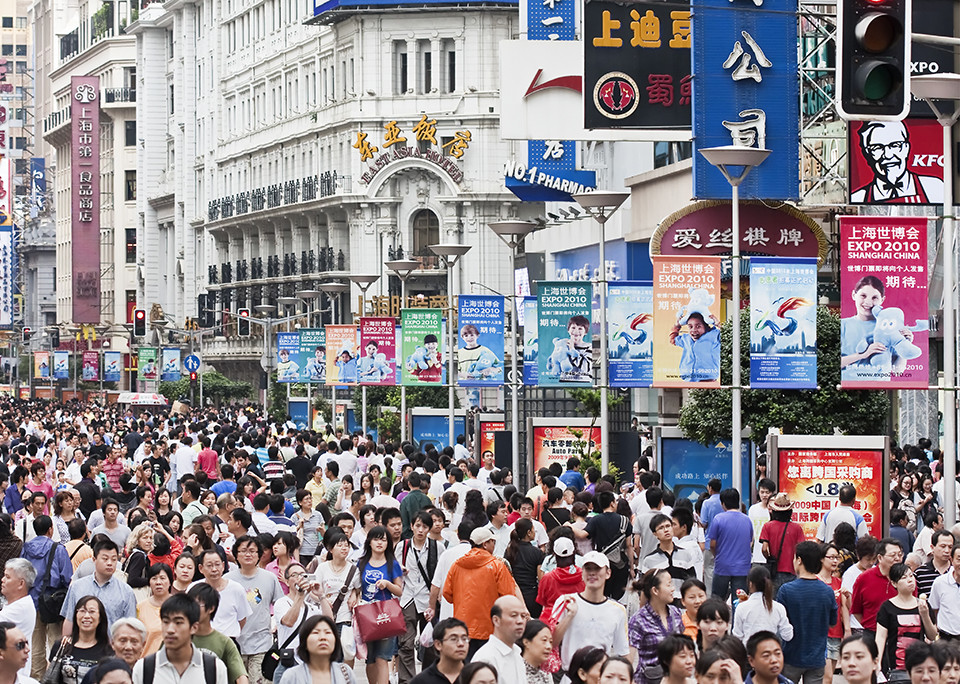German dwarfs, Chinese giants – From the mid-1980s onward, China experienced a trend toward urbanization that continues to this day. This led to rapid urban growth and a multitude of megacities. Shanghai and Beijing clearly top the list of the People's Republic's largest cities, with approximately 21 million and 19 million inhabitants respectively. In comparison, Germany's major cities, with just four (single-digit) million-plus cities, look positively dwarfed.
The massive and, above all, spatially concentrated urbanization process brought with it considerable problems: rising unemployment in cities, high levels of environmental pollution, the threat of traffic gridlock due to increasing motorization, shortages of clean drinking water and energy, and large income disparities between urban and rural areas. Declining birth rates, growing prosperity, and increasing life expectancy have also led to the Chinese population becoming increasingly older on average.
German dwarfs, Chinese giants – From the mid-1980s onwards, a trend towards urbanization began in China that continues to this day. This led to a rapid growth of cities and a large number of megacities. Shanghai and Beijing clearly lead the list of the largest cities in the People's Republic, with around 21 million and 19 million inhabitants respectively. In contrast, German cities with just four (single-digit) million inhabitants look almost dwarfish.
The massive and, above all, spatially concentrated urbanization process brought with it considerable problems: rising unemployment in the cities, high environmental pollution, the threat of traffic gridlock due to increasing motorization, supply bottlenecks with clean drinking water and energy, and large income differences between city and countryside. Declining birth rates, growing prosperity and life expectancy have also led to the Chinese population growing older on average.


